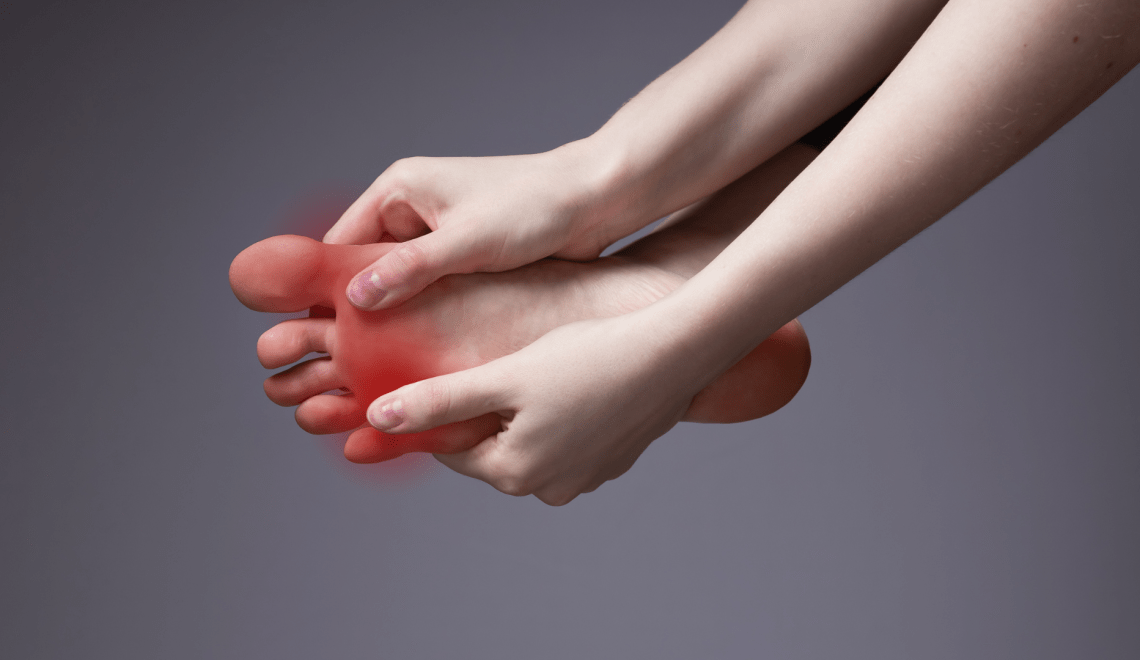
Foot pain isn’t something you just have to live with. Whether it’s a dull ache or a sharp, stabbing pain, ignoring it usually makes things worse. And in a busy city like Sydney, where you’re always on your feet, getting to the root cause of the discomfort matters. Here are seven common issues that might be behind your foot pain—and how a qualified Sydney podiatrist can help fix them.
1. Plantar Fasciitis
One of the most common culprits of heel pain, plantar fasciitis is caused by inflammation of the tissue band (plantar fascia) running along the bottom of your foot. It typically feels worse first thing in the morning or after long periods of sitting or standing.
Why it happens: Overuse, poor footwear, flat feet, or high arches can all contribute.
How a podiatrist can help: Treatment may include custom orthotics, stretching programs, shockwave therapy, or changes to your footwear. Early diagnosis is key to avoiding chronic pain.
2. Bunions
Bunions are bony bumps that form at the base of the big toe. They can lead to swelling, soreness, and even change the shape of your foot over time.
Why it happens: Genetics, poor-fitting shoes, and arthritis can all cause or worsen bunions.
How a podiatrist can help: A Sydney podiatrist can offer non-surgical options like splints, orthotics, and shoe modifications. In severe cases, surgery may be recommended, but many people find relief through conservative care.
3. Achilles Tendinitis
Pain at the back of your heel could be Achilles tendinitis—inflammation of the tendon that connects your calf muscles to your heel bone.
Why it happens: Common in runners or people who suddenly increase their activity level. Poor flexibility and unsupportive shoes are also factors.
How a podiatrist can help: Treatments often include physical therapy, heel lifts, and rest. Identifying the cause early can prevent tendon rupture, which is a more serious issue.
4. Ingrown Toenails
What seems like a minor problem can quickly turn painful. An ingrown toenail occurs when the edge of the nail grows into the surrounding skin, often causing infection.
Why it happens: Improper nail trimming, tight shoes, or genetic predisposition.
How a podiatrist can help: A podiatrist can safely remove the ingrown portion of the nail and advise on proper nail care to prevent future issues. In recurring cases, a minor surgical procedure may be necessary.
5. Morton’s Neuroma
This is a thickening of the tissue around a nerve between your toes, usually the third and fourth toes. It can feel like you’re standing on a pebble, and it often comes with burning or numbness.
Why it happens: Often linked to high heels, tight shoes, or repetitive stress.
How a podiatrist can help: Treatment might include footwear changes, custom orthotics, steroid injections, or, in severe cases, surgery.
At this point, it’s worth noting that finding the right specialist makes a big difference. If you’re dealing with ongoing discomfort, a Sydney Foot Doctor can assess your condition properly and recommend a treatment plan that works for your lifestyle.
6. Flat Feet (Fallen Arches)
Not everyone with flat feet experiences pain, but when it does hurt, it can affect the ankles, knees, hips, and even your lower back due to poor alignment.
Why it happens: It can be inherited or develop over time due to ageing, injury, or weight gain.
How a podiatrist can help: Assessment includes gait analysis and pressure testing. Treatment may involve orthotic inserts, footwear advice, and strength or flexibility training.
7. Corns and Calluses
While not always painful, thickened skin caused by pressure or friction can lead to discomfort, especially if ignored.
Why it happens: Often a result of ill-fitting shoes or an abnormal gait that places pressure on certain parts of the foot.
How a podiatrist can help: A podiatrist can safely remove corns and calluses, advise on footwear, and correct biomechanical issues to stop them from coming back.
Foot pain isn’t just a nuisance—it’s often your body telling you something’s off. The good news? A Sydney podiatrist has the tools, training, and experience to fix most of these issues without surgery. Ignoring foot pain usually leads to more complications, so whether it’s something minor like a corn or more serious like plantar fasciitis, the smartest move is to get it checked out.







